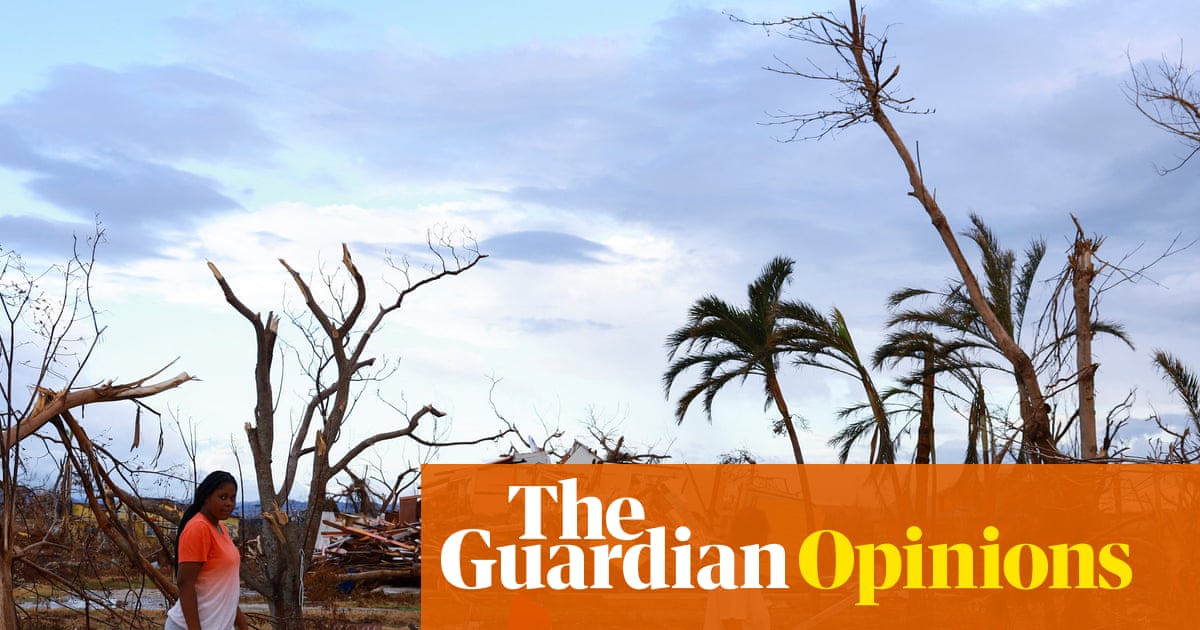In 1994, the New Zealand film-maker Lee Tamahori made one of the biggest debuts of the decade, firing on all six cylinders with his gut-wrenching social-realist melodrama Once Were Warriors. The Mekes are a working-class Maori family in South Auckland: Temuera Morrison is the boozing, brawling, bragging alpha-male welfare claimant Jake, who comes home from drinking in the pub with his pathetic sycophant mates to terrorise and assault his wife Beth, played by Rena Owen, and their five children. He is entirely indifferent to the fate of his two elder sons who have drifted into gangland culture and crime, as well as his sensitive daughter Grace, who has talent as a writer. One son gets gang tattoos; the other is taken to a juvenile reformatory where he is at least tutored in the ways of Maori culture – the haka and the taiaha warrior spear – and learns dignity and self-respect. But back at Jake’s chaotic house, Grace is raped by Jake’s grotesque friend “Uncle Bully”; disaster follows, and Beth passionately confronts the wretched Jake: “Our people once were warriors, but unlike you, Jake, they were people with mana, pride; people with spirit …”
Tamahori let rip with all this emotional violence, and landed sledgehammer punches with the pub scenes, the home scenes and the gang ritual initiation scenes, handling them with confidence and verve. He created a gutsy, heartfelt picture with a very 90s streak of brash and trash. It was a hit with audiences and critics, and – for good or ill – deeply impressed industry executives in Hollywood who could see how Tamahori could bring this energy and flair to mainstream genre material.
In America, Tamahori made the noir thriller Mulholland Falls, about violent LAPD cops who care nothing for procedure, and then the David Mamet-scripted survival thriller The Bear with Anthony Hopkins and Alec Baldwin as two men who trek through the wilderness after their plane crashes. (This moderate movie gained cult status when its producer Art Linson wrote amusingly about the chaotic circumstances of shooting with a trained bear in his droll tinseltown memoir What Just Happened?) Along Came a Spider was a serviceable thriller, and he had another payday directing the second in the triple-X franchise XXX State of the Union.
But the high point, or maybe the low point, of Lee Tamahori’s Hollywood career was taking on the Bond movie Die Another Day in 2002, with Pierce Brosnan; it was the Bond film derided for having the worst gadget in 007 history – the invisible car. What is the point of an invisible car, audiences wondered? It was a vehicle which makes it very hard to remember where you parked it.
After this, Tamahori found some more interesting form. His The Devil’s Double in 2011 starred Dominic Cooper in the twin roles of Saddam Hussein’s hideous son Uday and also Uday’s decoy double, employed to protect the young tyrant-princeling from assassination or kidnapping: it was a punchy, watchable movie which avoided the usual doppelganger cliches. And in later years, Tamahori returned to the subject of Maori culture, making The Convert in 2023, working with Australian critic-turned-screenwriter Shane Danielsen. Tamahori was an outstanding director – but it was his first film, the heartfelt Once Were Warriors, that was his greatest work.

 2 hours ago
5
2 hours ago
5

















































